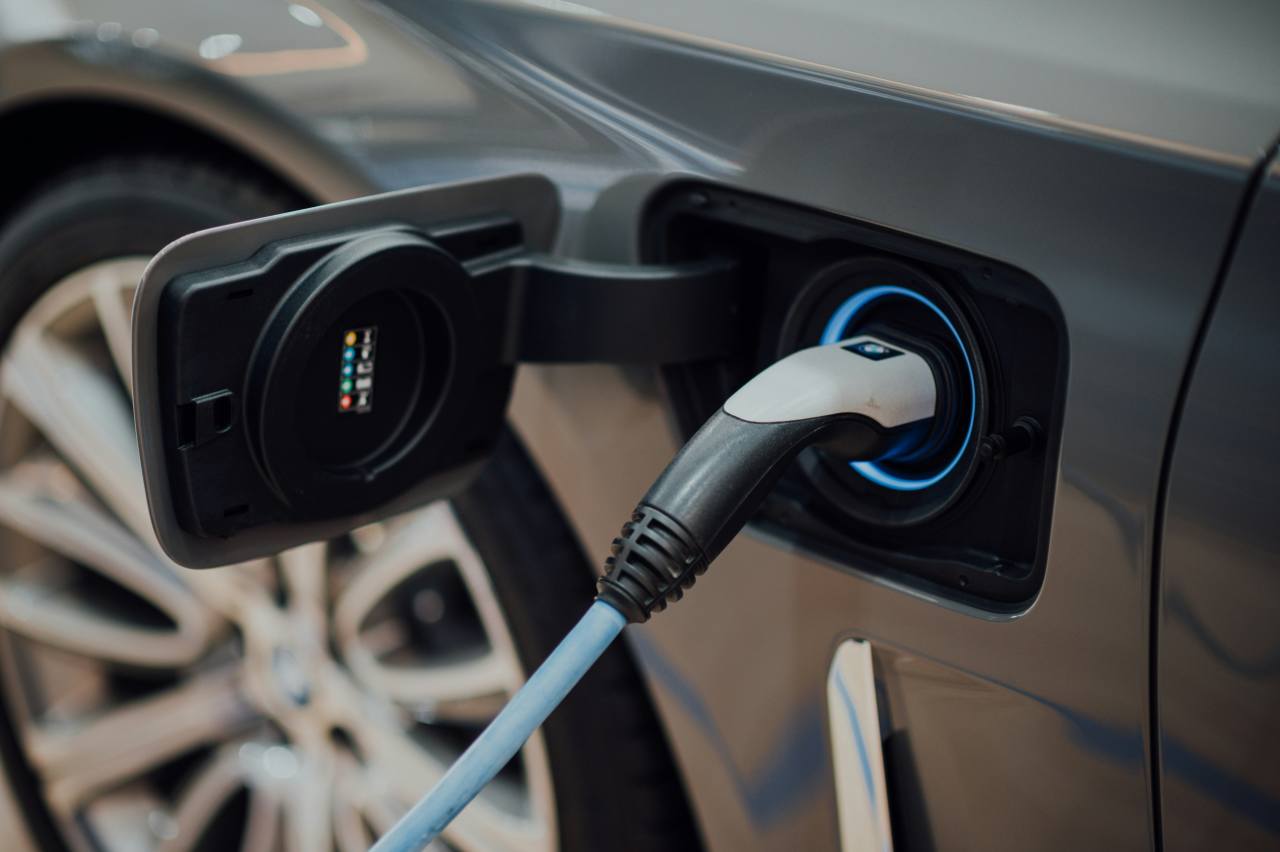One car passed me on the congested freeway this week and was distinguished not by its colour or brand, but its two occupants. Single-occupant vehicles dominant the sad and lonely road to work each morning.
So why are we obsessed with SUVs and other multi-seat wagons? Perhaps it's all in the letter “v” - the one denoting Toyota's extended Prius that seats seven people and, says the company, stands for “versatility”.
The hybrid wagon is indeed versatile and correctly claims to be fuel efficient, quiet (mostly), roomy and as good for the planet as it is for Toyota's bottom line. But will commuters become passengers?
VALUE
No contest here - this is very good value. The $35,990 single-spec Prius V gets a chocka-block list of goodies including head-up instrument display, sunshades on side windows, Bluetooth with a six-speaker iPod/USB audio, alloy wheels, climate air-conditioning and a reversing camera.
Prius V does everything its $52,490 Tarago sister will do but uses about half as much fuel. Capped price servicing is $130 each for up to six services in the first three years or 60,000km.
DESIGN
It's sold as a ground-up design but clearly hasn't stretched the designer's abilities, ending up just like a longer version of a standard Prius despite not sharing one body panel. Getting three seat rows in side is achieved by a 180mm longer wheelbase, 135mm longer body, an extra 100mm in height and 30mm in width.
There's a decent boot even with three rows up. Toyota says actual cabin room is bigger than the 135mm body stretch implies, thanks to a new and relocated battery. Space-age dashboard design carries over, as does the Playstation gearshift toggle and - questioningly - the archaic foot-operated park brake. The cabin is muted in colour, sensible in design and very flexible, with a trio of flip-fold centre-row seats on runners plus rear seats that tuck into the cargo floor.
TECHNOLOGY
If you understand hybrids - a petrol engine that automatically works with an electric motor - then this is a no brainer. It's all Prius with a 1.8-litre engine and two motors, though the new bits include the more compact and lighter (saves 7kg over the old metal-hydride sparker) lithium-ion batteries for the first time in a Toyota.
The bonnet is aluminium while other pressed parts are a mix of steel strengths, LED running lights and the head-up display (HUD) is standard while the electric motor will automatically counter any floating feeling in the body (read: car sickness). Regenerative braking is enhanced with electronics that smoothly sync it to the conventional brake system.
SAFETY
The V is likely to get a five-star rating, offering seven airbags, electronic aids and ISO-fix child restraint points in the centre row. It also gets a reverse camera and whiplash-injury protection front seats and leg impact absorbing pads in the driver and front-passenger foot wells.
The electronically-controlled brake system that integrates the conventional brakes with the regenerative brakes is probably worth a mention, but the space-saver spare - in a wheel well capable of taking a full-size spare - is not.
DRIVING
There's no mistaking this as a Prius, from the silent start-up to the late rumble as the engine steps into the leisurely acceleration and the lifeless low-speed steering feel. But it doesn't feel as big as, say, the Tarago, and actually can even feel nimble through the corners. As speed increases, steering feel returns so by 100km/h it's nicely - if not artificially - weighted.
The ride swings from comfy to weird, as the unusual torque-sensing ride control widgets counteract the boat-like body sway and pitch. It does it by applying subtle power or brake inputs to the wheels; hence the driver can feel a gentle - if not strange - push-pull tugging on the chassis.
Power delivery is soft and occasionally drove me mad so I switched in the “Power” mode. And it was so much better I kept it on, knowing fuel consumption may suffer but that my dignity wouldn't be questioned at the traffic lights.
VERDICT
A big green bus for big green families. Likeable but some rivals - the Citroen, for example - are more satisfying to drive.
Toyota Prius V 2012: Hybrid
| Engine Type | Inline 4, 1.8L |
|---|---|
| Fuel Type | Unleaded Petrol/Electric |
| Fuel Efficiency | 4.4L/100km (combined) |
| Seating | 7 |
| Price From | $12,210 - $16,280 |
| Safety Rating |
|
Range and Specs
| Vehicle | Specs | Price* |
|---|---|---|
| Hybrid | 1.8L, Unleaded Petrol/Electric, SPEED CONTINUOUS VARIABLE | $12,210 - $16,280 |
| i-Tech | 1.8L, Unleaded Petrol/Electric, SPEED CONTINUOUS VARIABLE | $13,750 - $18,040 |




.jpg)
.jpg)







.jpg)